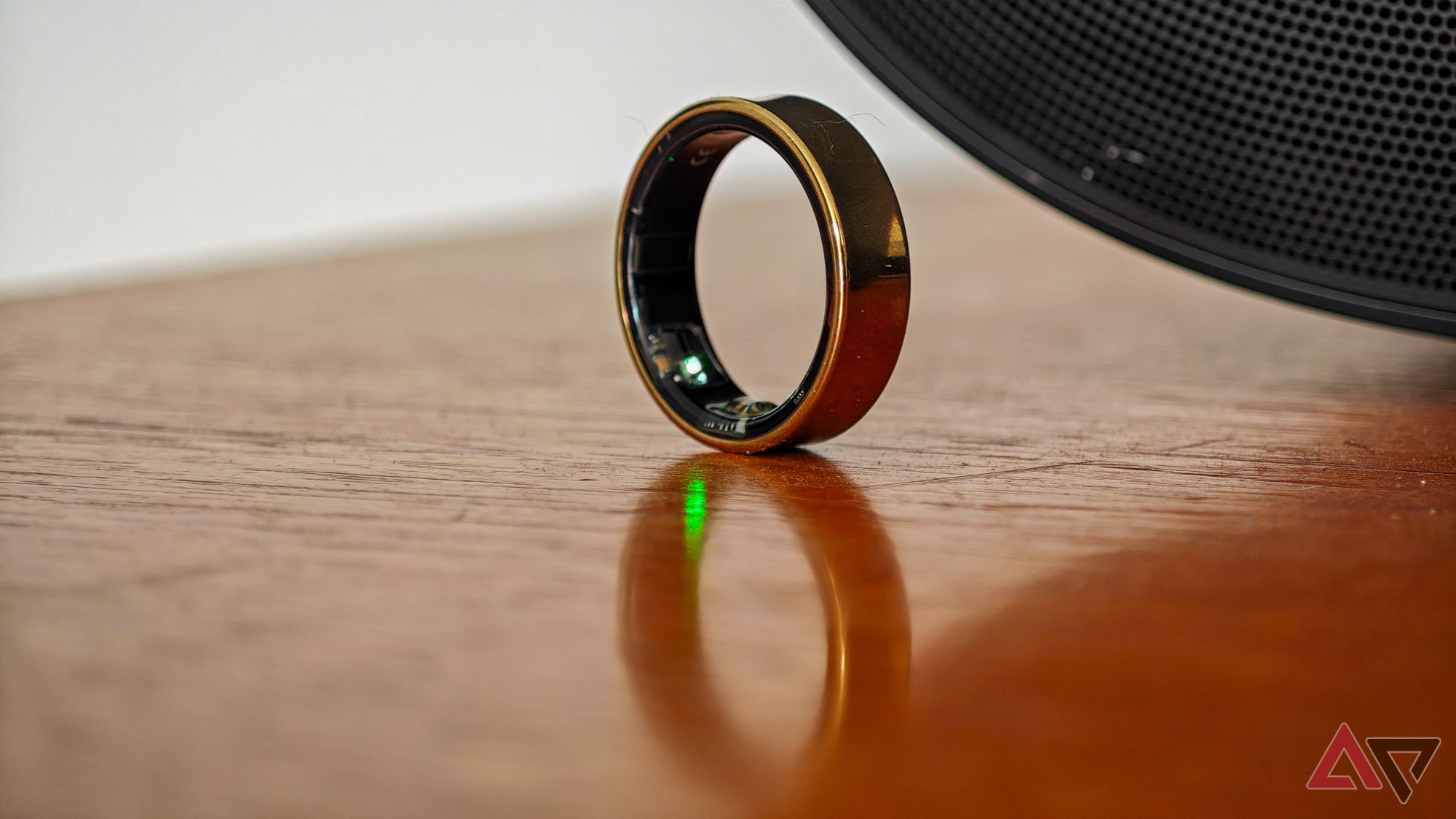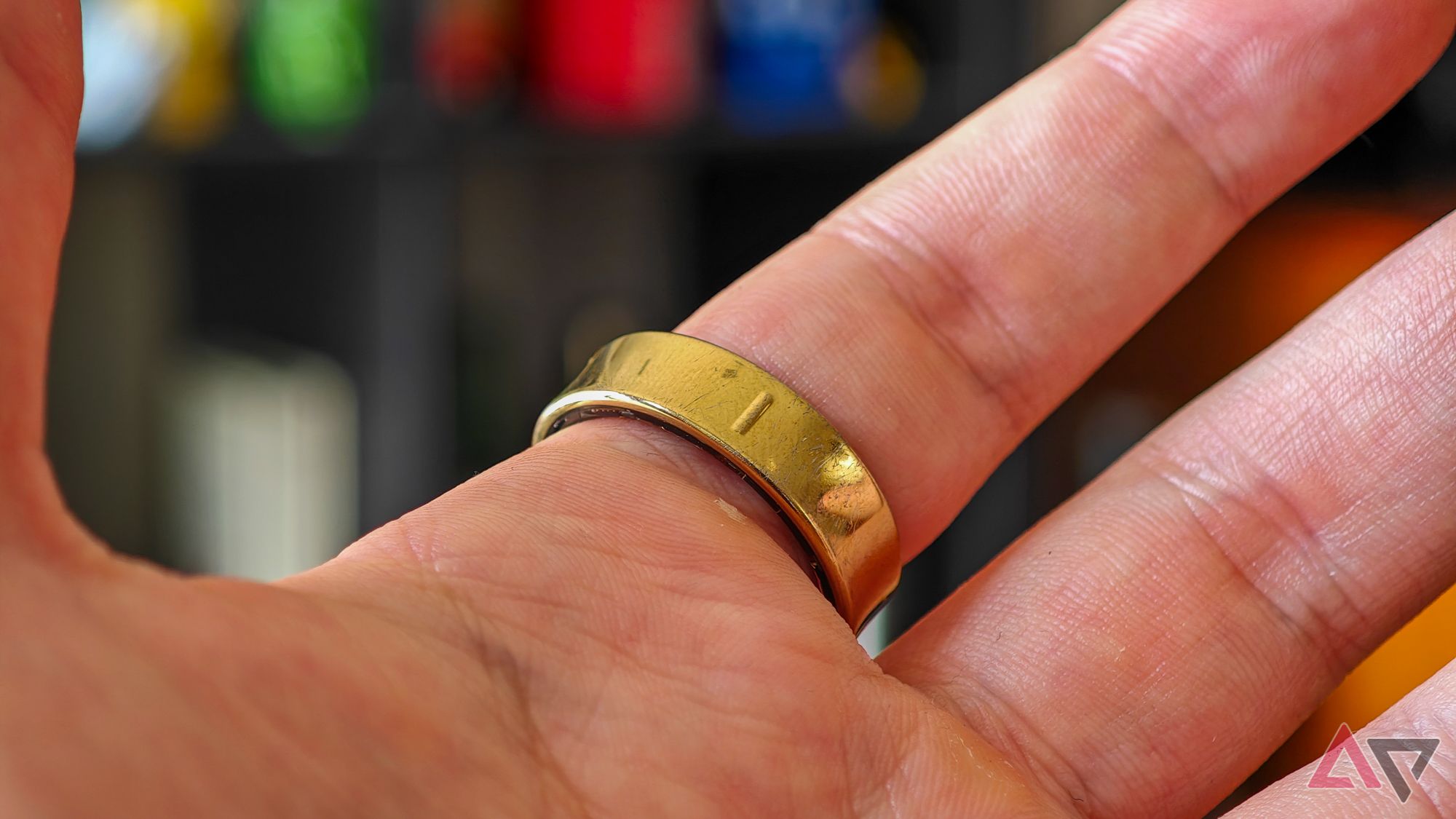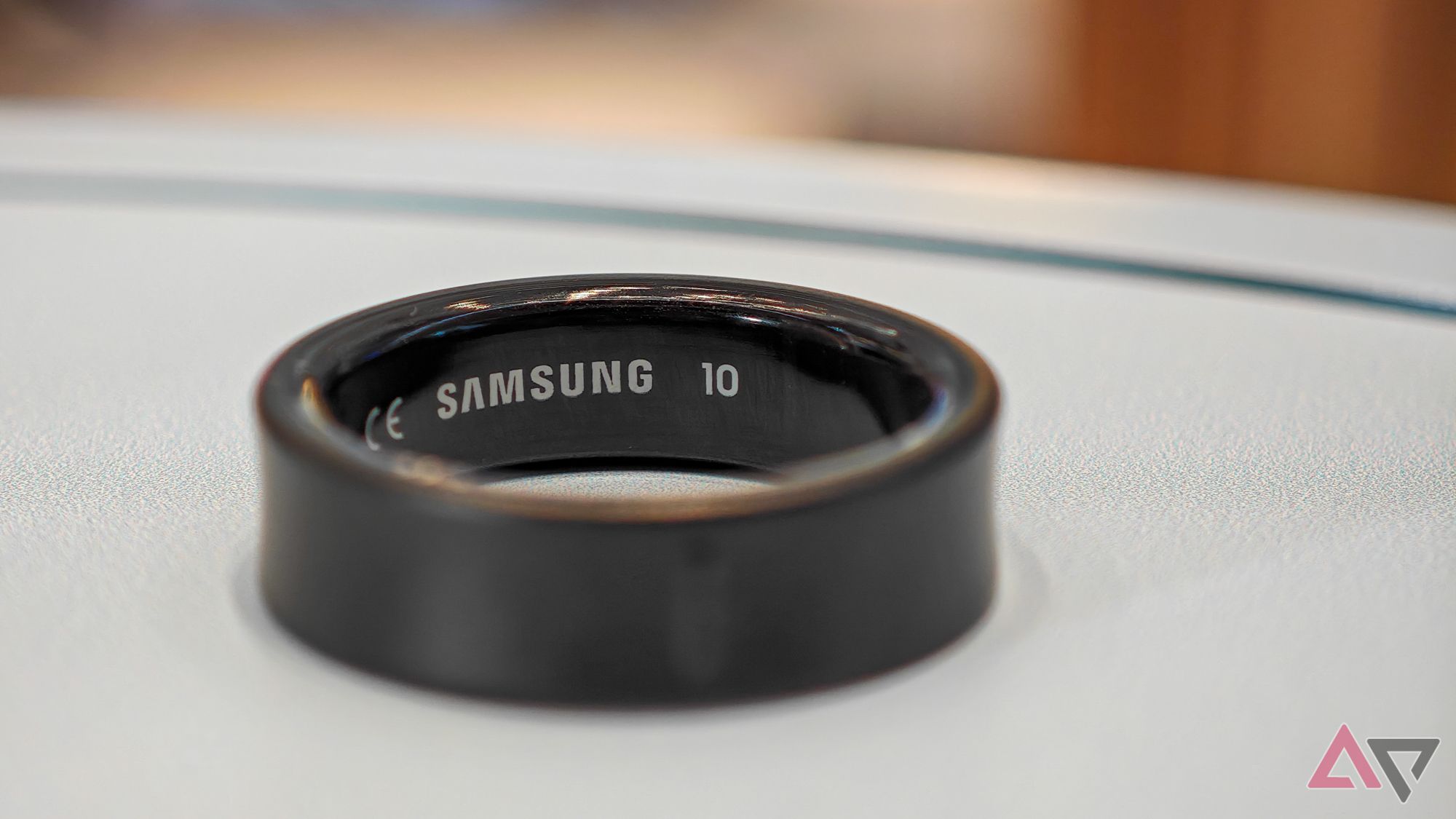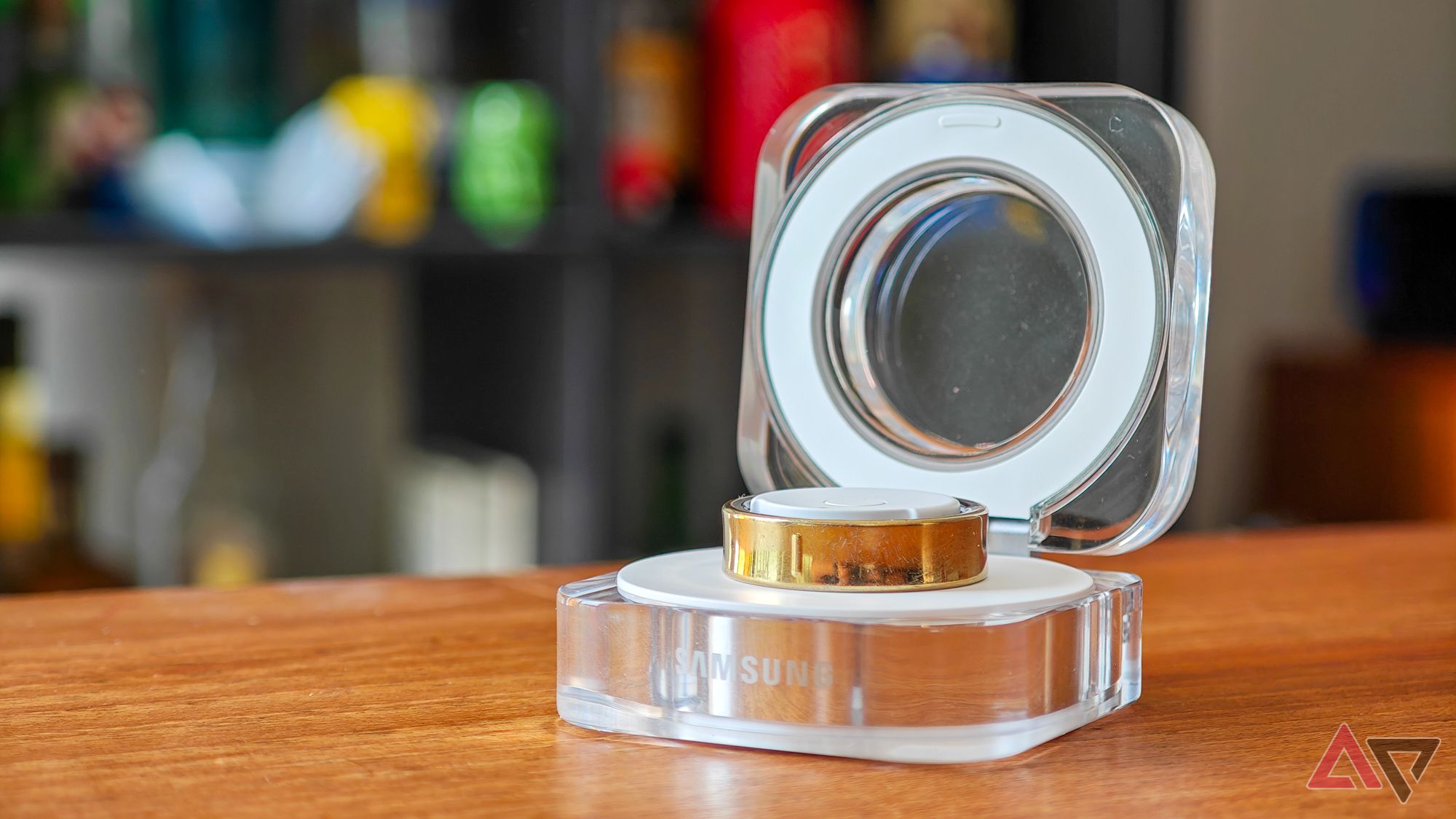One of the most anticipated smart devices of the year is Samsung’s first foray into the smart ring space, the Galaxy Ring . I went hands-on with it earlier this year and was excited for its launch, and a few weeks ago, the company finally announced it alongside the Samsung Galaxy Z Fold 6 and Galaxy Z Flip 6 .
Samsung has gone to great lengths to extol the benefits of the Galaxy Ring when used with a Galaxy Watch Ultra, or with a Samsung phone. Samsung’s briefing to the media said you need a Galaxy phone for some of the AI-based features, and Samsung’s own store backs this up.
As it turns out, however, this isn’t completely true.
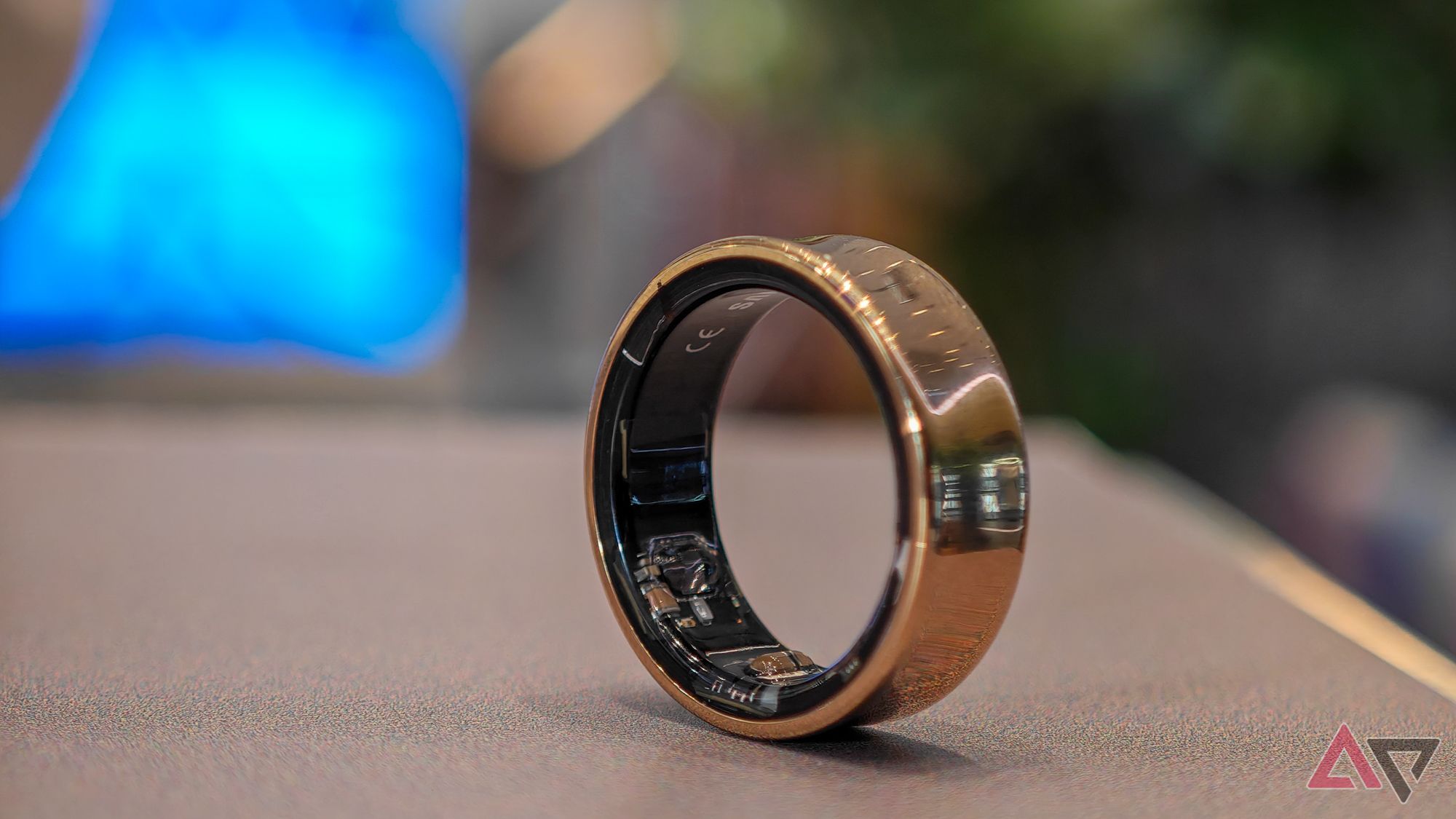
Related
7 reasons why you should buy the Galaxy Ring over a Galaxy Watch
I think the Galaxy Ring is the smarter choice
Using the Galaxy Ring with a non-Galaxy phone
Does it work with the new Motorola Razr Plus?
I love the Motorola Razr Plus, but sadly, Motorola doesn’t make a smart ring. If you’re like me and looking for the best smart ring available, there’s a strong chance your attention has turned to the Galaxy Ring. I’m wearing two Galaxy Rings right now, for a variety of tests. One of these is paired with a non-Galaxy smartphone, and the results were as I expected: there’s little to no difference when using it with a Galaxy phone or non-Galaxy phone.
In fact, during a week of testing, sleep reports were nearly identical between the two rings. The differences are attributed to the ring sizing and the finger it was worn on rather than being paired with a Galaxy phone.
This isn’t surprising, however, with Samsung confirming that most features would work fine, but there was an expectation that the AI-based features would need a Galaxy phone.
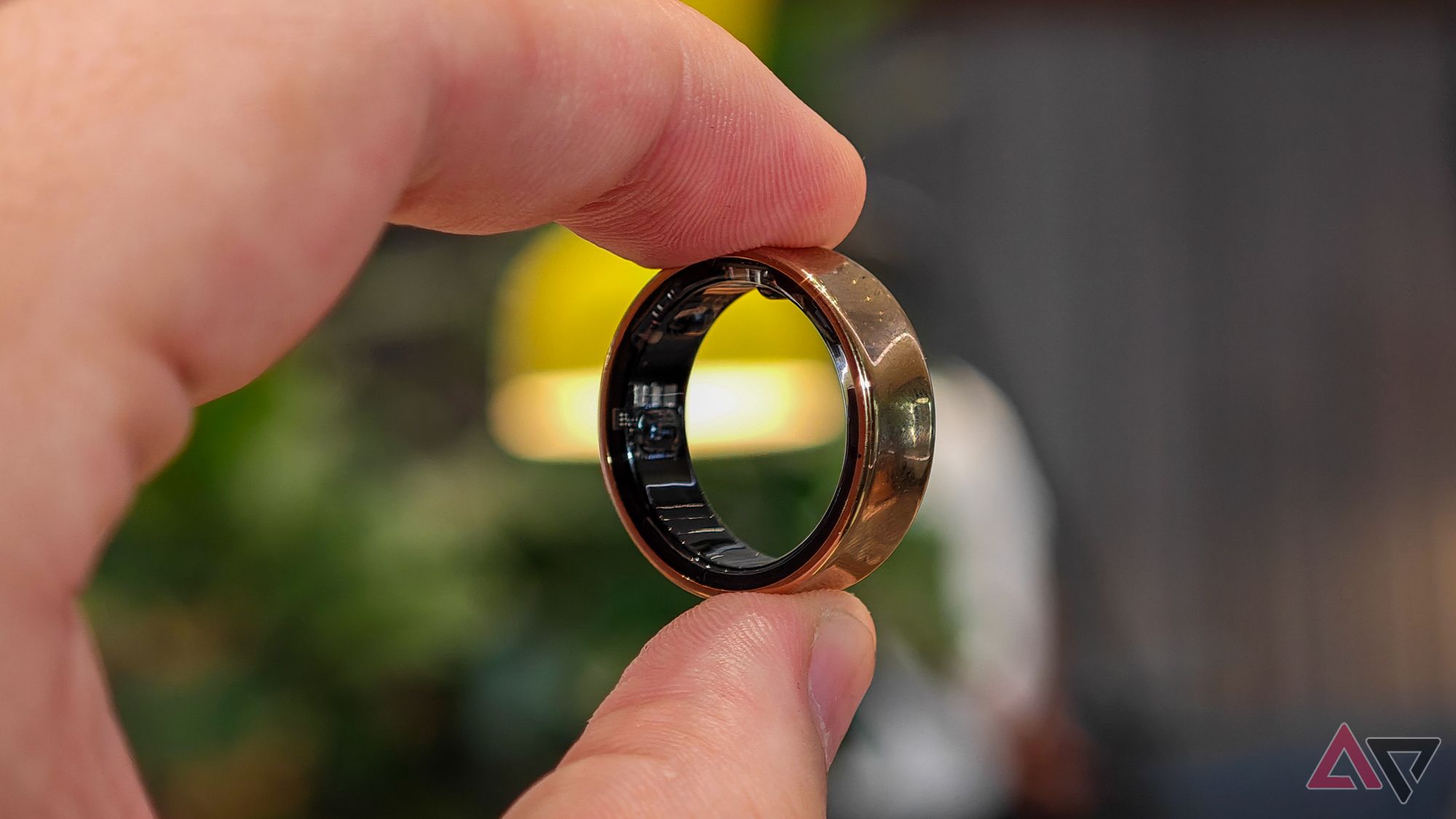
Related
What size Samsung Galaxy Ring should I buy?
Follow the US standard — with a caveat
So you need a Galaxy phone for the AI features?
AI doesn’t judge your phone choice
Alongside some staples of the Samsung Health ecosystem — incredibly detailed sleep reports, active heart rate tracking, blood oxygen monitoring, and activity counting — the Galaxy Ring comes with two specific features powered by Galaxy AI.
The first of these is Energy Score, a new feature — for Samsung, at least — that offers a way to quantify how you’re feeling. It combines many of the Samsung Health staples and provides a numerical value from 1 to 100 that signals how ready for the day you are. It’s very similar to the Readiness score provided by the Oura Ring , and in my testing, both rings generated very similar scores.
The second AI feature is Wellness Tips. After learning about you, your body and your habits, Samsung Health will use AI to offer tips on how to improve your health. This was the feature I expected would require a Galaxy phone, but as it turns out, you don’t needone for either of the AI features.
As soon as I started testing this, I expected the Galaxy Ring size 10 I paired with my Motorola Razr Plus wouldn’t receive the Wellness Tips or Energy Score features that use Galaxy AI.
After the first night, I was already receiving an Energy Score, and within a few days, Samsung Health was also giving me the AI-powered Wellness Tips to help improve my underlying health. For the most part, everything worked just as I expected.

Related
How to get the best health measurements with your Samsung Galaxy Ring
Try these tips for more precise readings
So, the Galaxy Ring works perfectly with a non-Galaxy phone?
Near perfect, with one caveat
Not quite. There’s one thing I did notice: the Galaxy Ring doesn’t sync as often with the Motorola Razr Plus as it does with the Galaxy Z Fold 6. On more than one occasion, the Galaxy Ring paired with the Razr Plus was several hours behind, while the other ring paired with my Z Fold 6 was up-to-date more often.
I tested the same ring with a OnePlus 12 and got the same outcome, so I suspect this is a benefit of using products in the same ecosystem. That said, I do not consider this a big enough issue to suggest you need to use a Galaxy phone with the Galaxy Ring. Instead, it’s something to be wary of when using the Galaxy Ring with a non-Galaxy phone.
Is the Galaxy Ring worth buying?
If you want a smart ring, look no further
As covered in our Galaxy Ring review, it’s a remarkably polished experience and the defacto Smart Ring of choice for Android devices. In my own testing, I came to the same conclusion that this doesn’t feel like a first-generation smart ring, and Samsung has nailed the overall smart ring experience.
In particular, the battery life stood out to me. My correctly sized Galaxy Ring — which is size 12 and being worn on my index finger — is currently eight days into a full charge with 8% remaining. This means it should last close to 9 days, which is far better than the up to seven days battery life that Samsung publicly promises.
That said, the smaller ring sizes are rated up to six days, and my size 10 ring lasted 5 days and 19 hours, so your battery life will depend upon your activity and usage. The Galaxy Ring also comes with a portable charging case that offers up to 1.5x additional battery life, so it should last for at least two weeks on a single charge.
The Galaxy Ring is one of the most polished first-generation products I’ve tried in a long time, and if you’re interested in smart rings, there’s little reason not to buy one, especially as it works with any Android phone. Combined with the impressive feature set, this is one of the best smart rings you can buy right now.
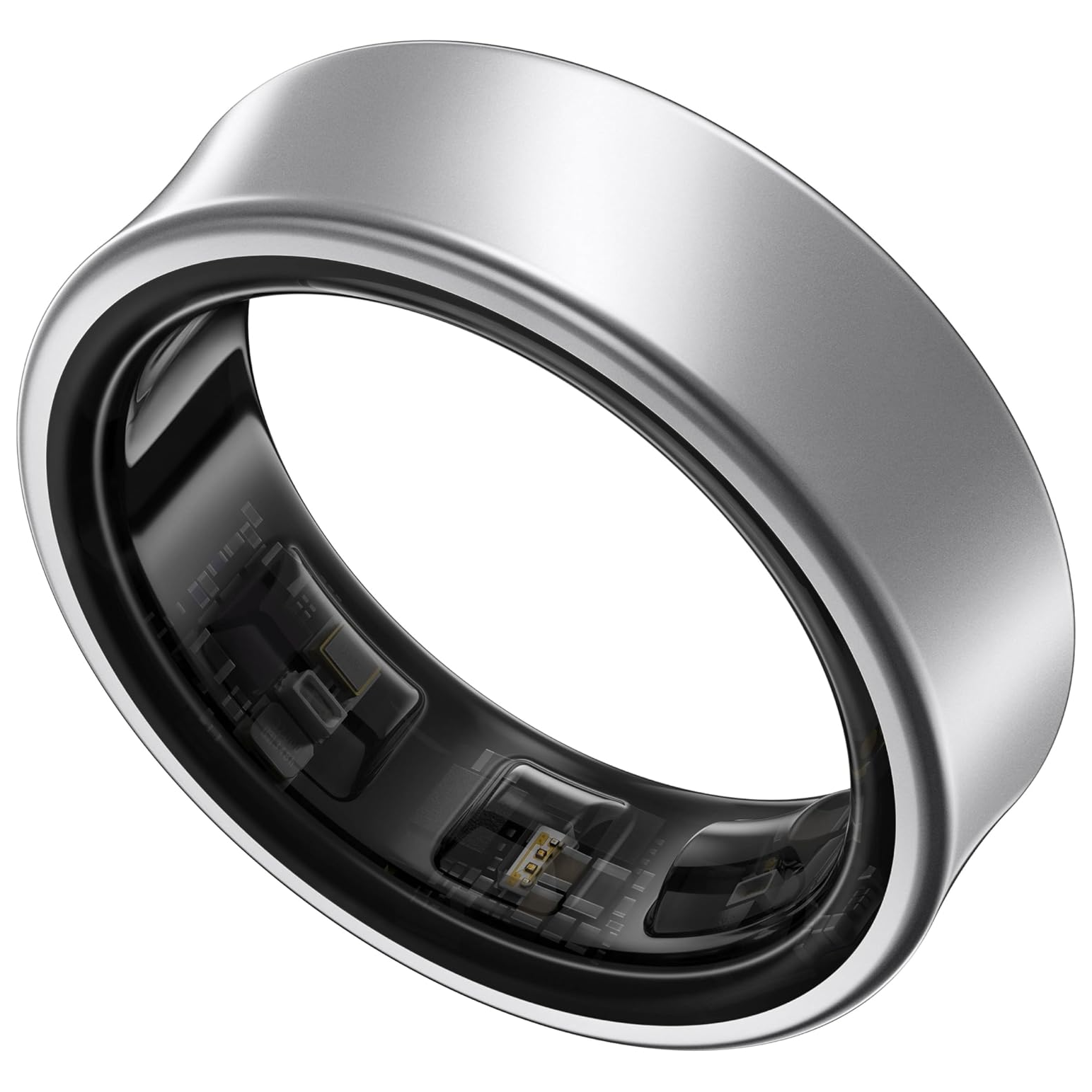
Nirave is a creator, evangelist, and founder of House of Tech. A heart attack at the age of 33 inspired him to publish the Impact of Tech newsletter, which covers the best technology and its impact on mental, physical, and emotional health. For more, follow him on Instagram, Twitter, and LinkedIn.
Source link

